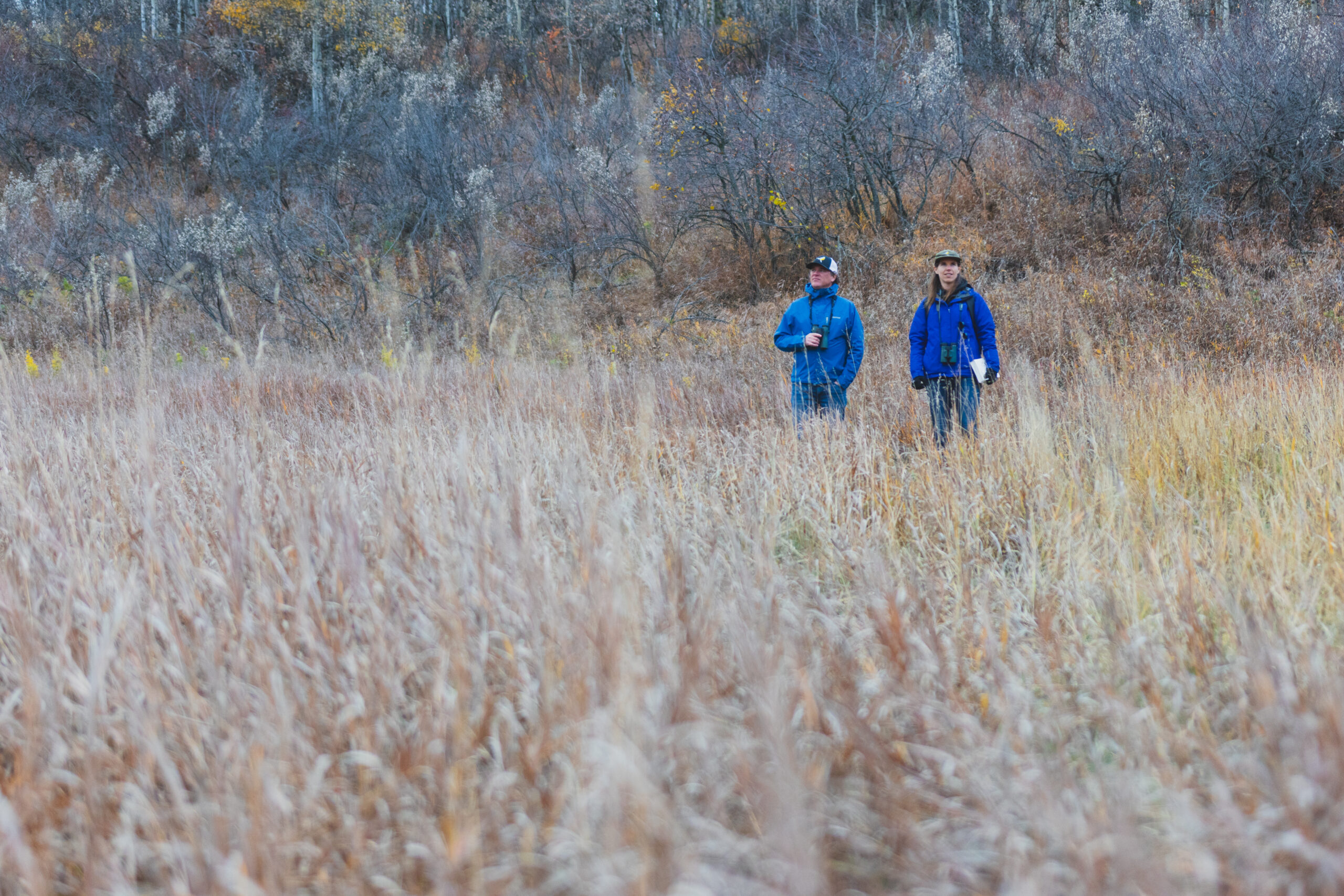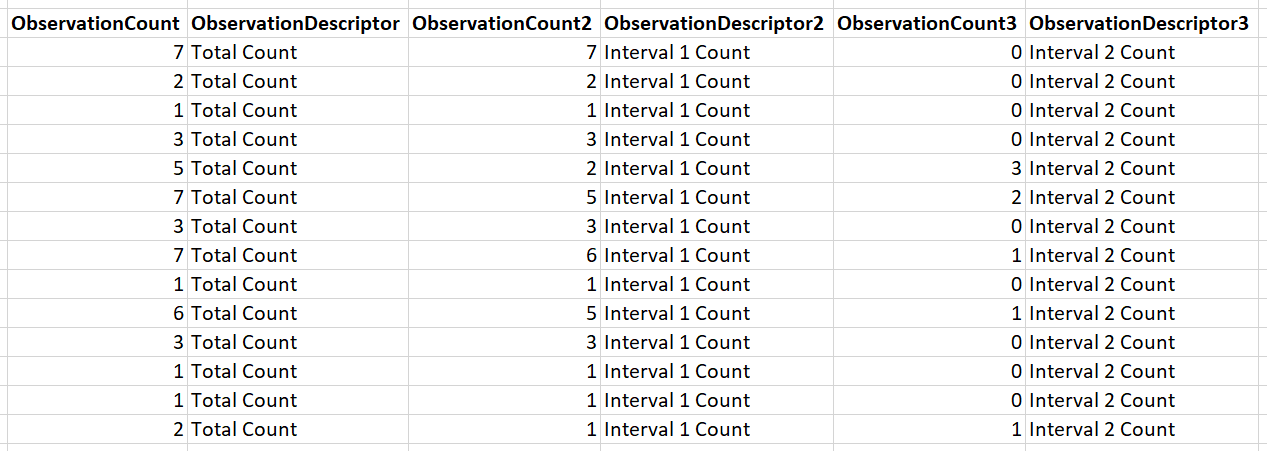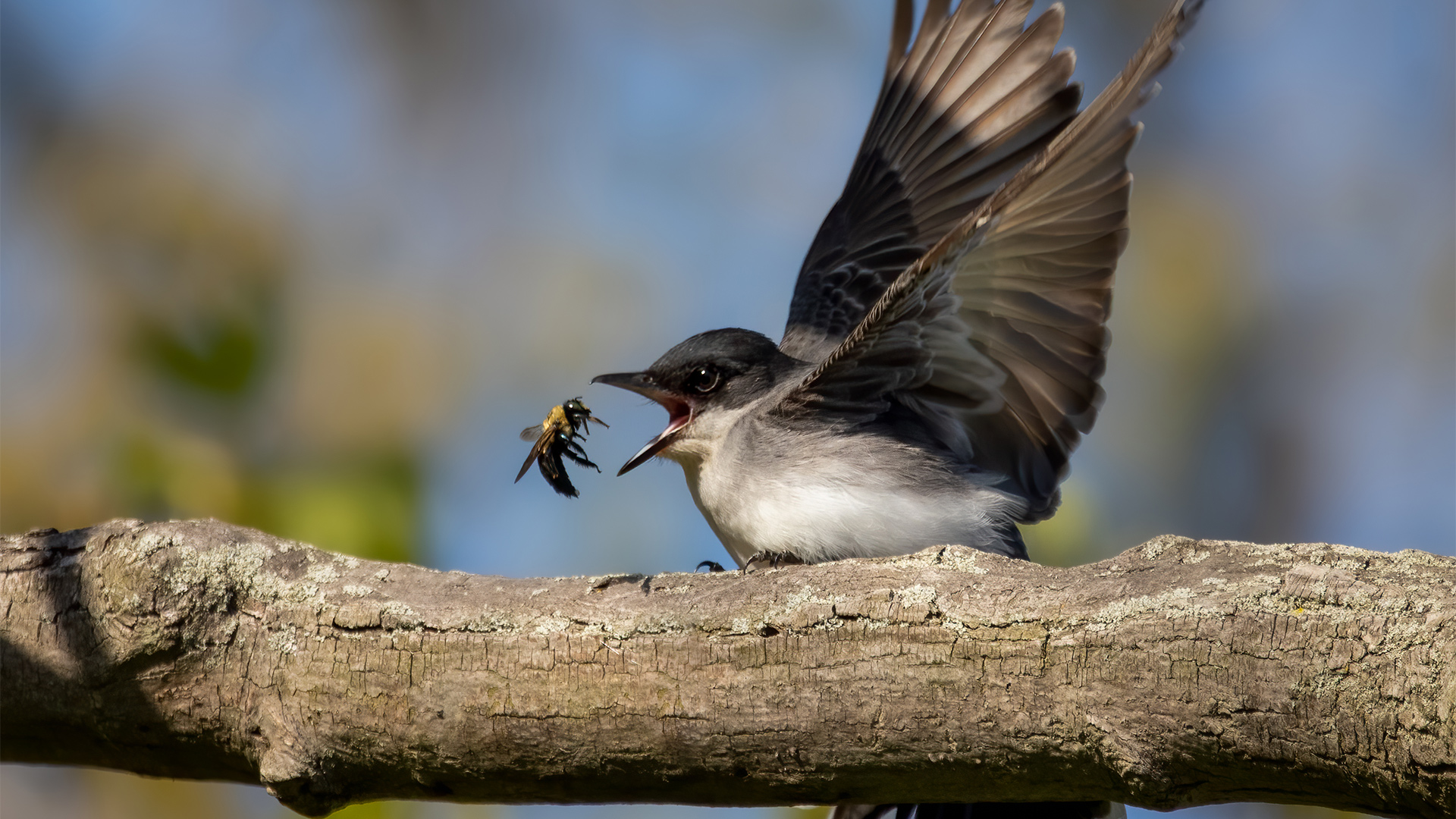The ObservationCount and ObservationDescriptor fields are flexible fields used for recording various types of observation information. The number of these fields varies by BMDE version, with the core version having 5 and the extended version having 14 of each. The fields are numbered, and an ObservationCount field always has a corresponding ObservationDescriptor field, for example ObservationCount3 and ObservationDescriptor3.
The Observation fields are similar to the Effort fields, in that an ObservationCount field contains a value (in this case, typically a count of individuals) and the corresponding ObservationDescriptor field provides the information necessary to understand what that value means.

Photo by Kris Cu
Each project may use these fields differently, so it is not safe to assume that ObservationCount3 in one project contains the same variable or type of information as it does in another. However, it is recommended that a “Total Count” of all individuals observed in a sampling event, if collected, is always placed in the first (un-numbered) ObservationCount field.
While most datasets adhere to this recommendation, there are exceptions. In some cases the first ObservationCount field contains only a count of individuals observed in a certain bin or category (eg. within 0-50m or 0-2 minutes). In these cases, the associated ObservationDescriptor field should clarify the situation. In some other datasets, each record represents an individual bird, rather than a species, and the ObservationCount will always be 1. For more on these cases, see Types of Data Structures.
Information recorded in the remainder of the Observation fields may include counts within certain time intervals or distance bands, counts of individuals by behaviour (e.g. singing, feeding, sleeping, etc), counts of individuals by age or sex, or various others.
The sample of BMDE data below shows the paired observation fields, with a total count in the first field and counts from shorter time intervals in subsequent fields.

As with the Effort fields, if you require clarification on the data contained within the Observation fields for a given project, you should reference the ProtocolReference and ProtocolURL fields (if populated) or the project’s metadata.
NoObservations field:
Some protocols, such as nocturnal owl surveys, submit records when a survey was conducted but no birds were observed. In this case, all ObservationCount fields, taxon fields, and CommonName will be empty. Additionally, the NoObservations field should contain “NoObs” to confirm that the record represents a completed survey with no birds observed.
Next section: Types of Datasets













